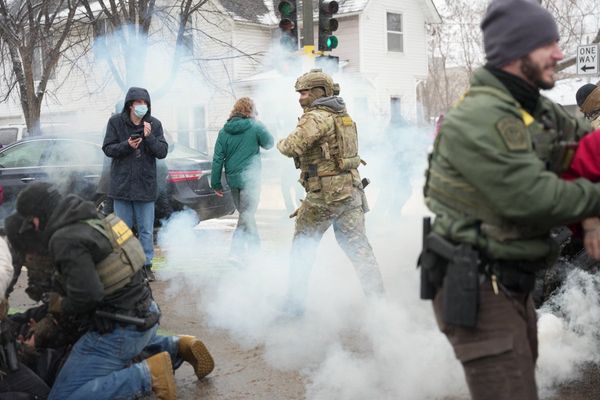Militants changed tack in Jammu and Kashmir and inflicted more casualties on the Army compared to other security wings this year by turning the Pir Panjal Valley, comprising Rajouri and Poonch districts, into a new battleground.
Official figures suggest that a total of 28 soldiers were killed in J&K this year in nine fierce encounters in dense jungles, which security agencies see as “a stark shift from militant attacks in built-up and urban areas to jungle warfare”.
Also read | Anti-militancy operations focus on forested areas of the Pir Panjal Valley
Seven soldiers were killed in the Kashmir Valley – once a hotbed of militancy – in three encounters, while the rest of the six encounters took place in the Pir Panjal Valley, leaving 21 soldiers dead.
Among 21 soldiers killed in Pir Panjal included personnel from the elite 9 PARA of the Army that carried out the surgical attack inside Pakistan-occupied Kashmir (PoK) in 2016, official sources said. One Captain and one soldier of 9 PARA were killed and a Major was injured during an anti-militancy operation against “highly trained militants” in Rajouri’s Kalakote area in November this year.
Introducing hybrid warfare techniques, these militants, who seem well versed with jungle warfare, also made videos of three major encounters using body cameras – including the Bhatta Durian attack in Poonch in May that left five soldiers dead, and the Kulgam attack in south Kashmir in May that claimed the lives of three soldiers. The attackers remain untraced in spite of prolonged search and combing operations.
Police officers operating in the Pir Panjal Valley said the region was an infiltration route to push arms and men into south Kashmir till 2018 but “the topography of the region, which is home to dense forests and multiple mountain ranges with natural caves” allowed militants to operate with some advantage.
Troop reduction
The thinning out of troops from the region after being declared a zero-militancy zone prior to 2018 also helped militants create new bases. Officials pointed out that the first troop reduction started after the ceasefire agreement with Pakistan in 2002. The second was after the China-India border skirmishes in 2020. However, the Army is again re-inducting troops to seal the routes on the ridges across the region, sources said.
In a sudden spurt in militancy, around 40 soldiers were killed in Pir Panjal since 2020. The steep rise in militancy was witnessed just a year after the Centre ended J&K’s special constitutional position under Article 370 in 2019.
Official sources said new means of communication, use of drones for arms supplies along the Line of Control (LoC) and the high level of training to survive hostile forests are posing a new challenge to security forces in the region.
According to security forces’ reports, militants were using YSMS technology that is hard to trace and detect, SIM-less phone activation by using bluetooth technology and offline applications to leave from the encounter sites on pre-fed safe routes.







